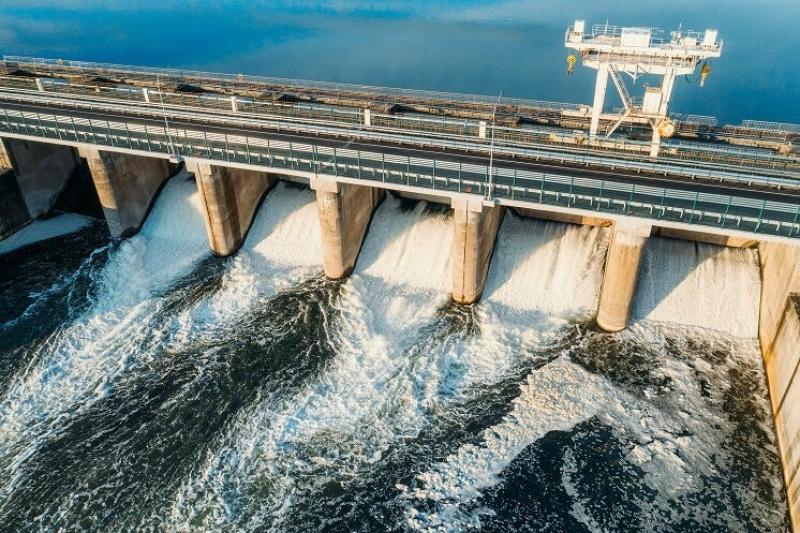Hydropower, also known as hydroelectric power, is a renewable energy source that harnesses the power of flowing or falling water to generate electricity. This clean and sustainable energy technology has been utilized for centuries and continues to play a crucial role in meeting the world's increasing demand for electricity while reducing greenhouse gas emissions.
The process of generating hydropower begins with the construction of dams, which create reservoirs to store water. When needed, water is released from the reservoir, flowing through turbines that convert the kinetic energy of the water into mechanical energy. This mechanical energy is then transformed into electrical energy through generators. Hydropower plants can vary in size, from large-scale installations like the Three Gorges Dam in China to smaller, run-of-the-river projects.
One of the significant advantages of hydropower is its environmental friendliness. Unlike fossil fuel-based power plants, hydropower does not emit greenhouse gases or air pollutants, making it a vital component of global efforts to combat climate change. Additionally, hydropower plants have a long lifespan, often operating for several decades with minimal maintenance requirements.
Another notable benefit of hydropower is its ability to provide a stable and reliable electricity supply. As water flow is generally predictable, hydropower plants can generate a constant and consistent stream of electricity, helping to stabilize power grids and meet peak demand periods.
Furthermore, hydropower projects often offer additional benefits beyond electricity generation. The construction of dams and reservoirs can provide opportunities for flood control, water supply for agriculture and human consumption, and recreational activities such as fishing and boating. Hydropower facilities can also create jobs and stimulate local economies, especially in rural areas where they are often located.
However, hydropower is not without its challenges. The construction of large dams can lead to environmental impacts, such as habitat destruction and altered river ecosystems. Additionally, the displacement of communities due to dam construction can be a complex social issue that requires careful consideration and mitigation.
To address these challenges, modern hydropower projects are designed with a greater emphasis on sustainability and environmental responsibility. Environmental impact assessments and stakeholder consultations are integral parts of the planning process to minimize negative effects on ecosystems and local communities.
In conclusion, hydropower remains a vital component of the global energy mix and a crucial tool in the transition towards a greener and more sustainable future. Its ability to generate clean, reliable, and abundant electricity makes it an attractive option for countries seeking to reduce their reliance on fossil fuels and combat climate change. As technology and practices continue to evolve, hydropower will likely play an increasingly significant role in shaping a cleaner and more sustainable world.
